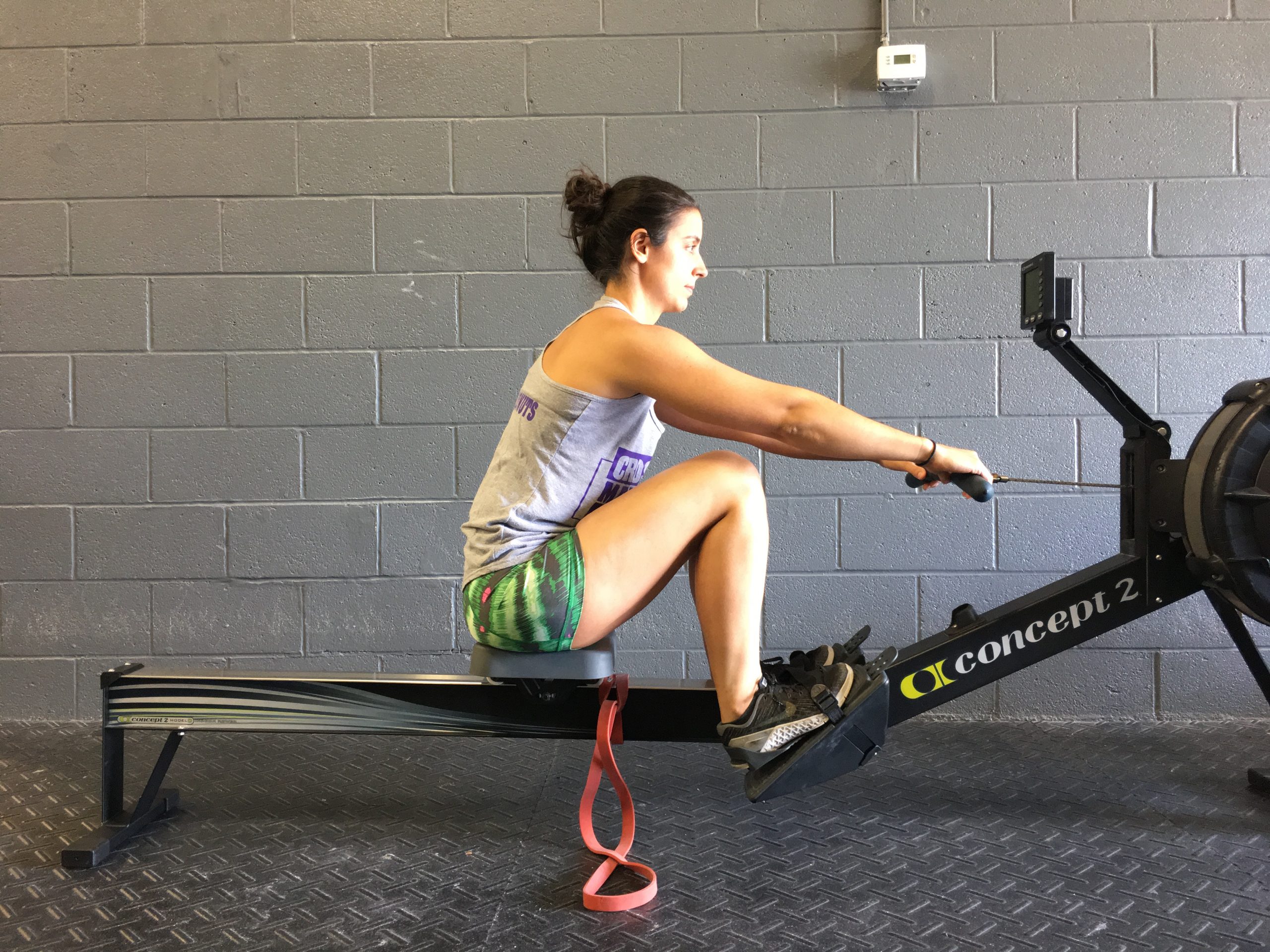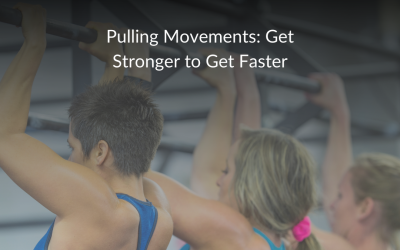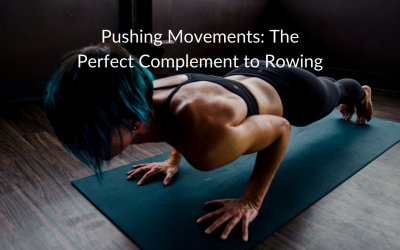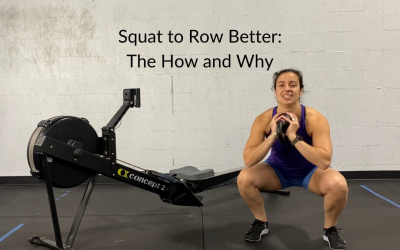Initiating the Drive: Heels not Hips!
If you are initiating the drive with your hips, you will lean back and this puts you in an awkward position. Once you’re there, you will most likely be driving through your toes into the footboards. This is not a strong position to be in.
When you are initiating the drive through your heels, this allows you to have a firm planting on the footboards to apply more power. You want to focus on keeping your shoulders in front of your hips while your legs are driving down. When your legs are almost done will you then lean back and pull in with your arms.
One way to work on this is to limit how much you allow the seat to come up the slide. When you are using your hips, the seat will move forward more, so if we limit this you will be able to feel when you are doing it.

Refer to the picture above. You can use a small bungee cord or a band as shown. Get into an optimal catch position and place the band right in front of the seat wheels at that location. Now try to row with the band there.
You will notice that you won’t be able to move the seat closer if you try to initiate the drive with moving your hips forward. You’ll be able to notice the power you’ve lost. When your seat hits the band, focus on driving down with the heels and keeping your shoulders in the same position relative to your hips.
For many who are used to doing lifts like the clean and snatch, this optimal drive position will feel weird. The biggest take away should be that this position allows you to drive off of your heels, and not your toes. You want to drive through your heels when you clean and snatch, so you want to do it when rowing too!
Get Stronger to Get Faster with Pulling Exercises
Push, don't pull! While this is ENTIRELY true for the rowing stroke, you can’t deny that there’s some pulling going on once you get to the end of your drive. When you row consistently, you are doing a great job of working those pulling muscles. They are other ways to...
Pushing Movements: The Perfect Complement to Indoor Rowing
With all of that pulling you’re doing while rowing, there’s one motion your body isn’t getting stronger at. That’s pushing! Since rowing uses 85% of your muscles, it’s easy to think that’s all you need to do. However, there are other movements your body is missing out...
Squat to Row Better – The Why and How
How in the world can you get better split times on the rowing machine? Maybe you’ve been working on your technique day in and day out, and you’ve reached a point where you’re not seeing progress anymore. Once your technique is mostly dialed in, the next best way to...



